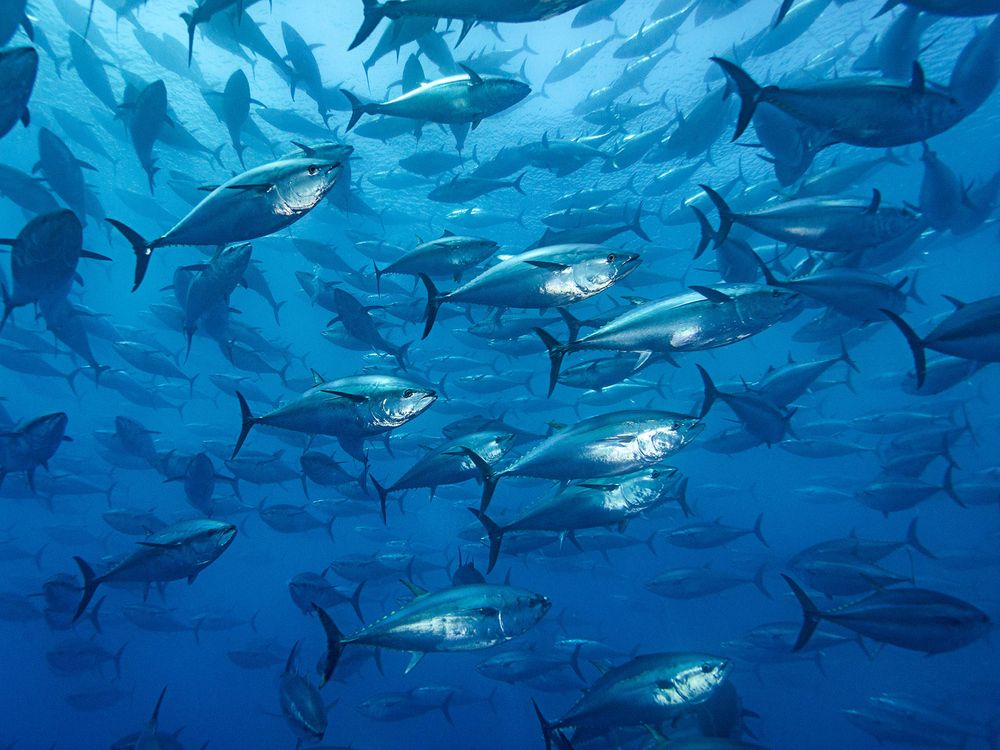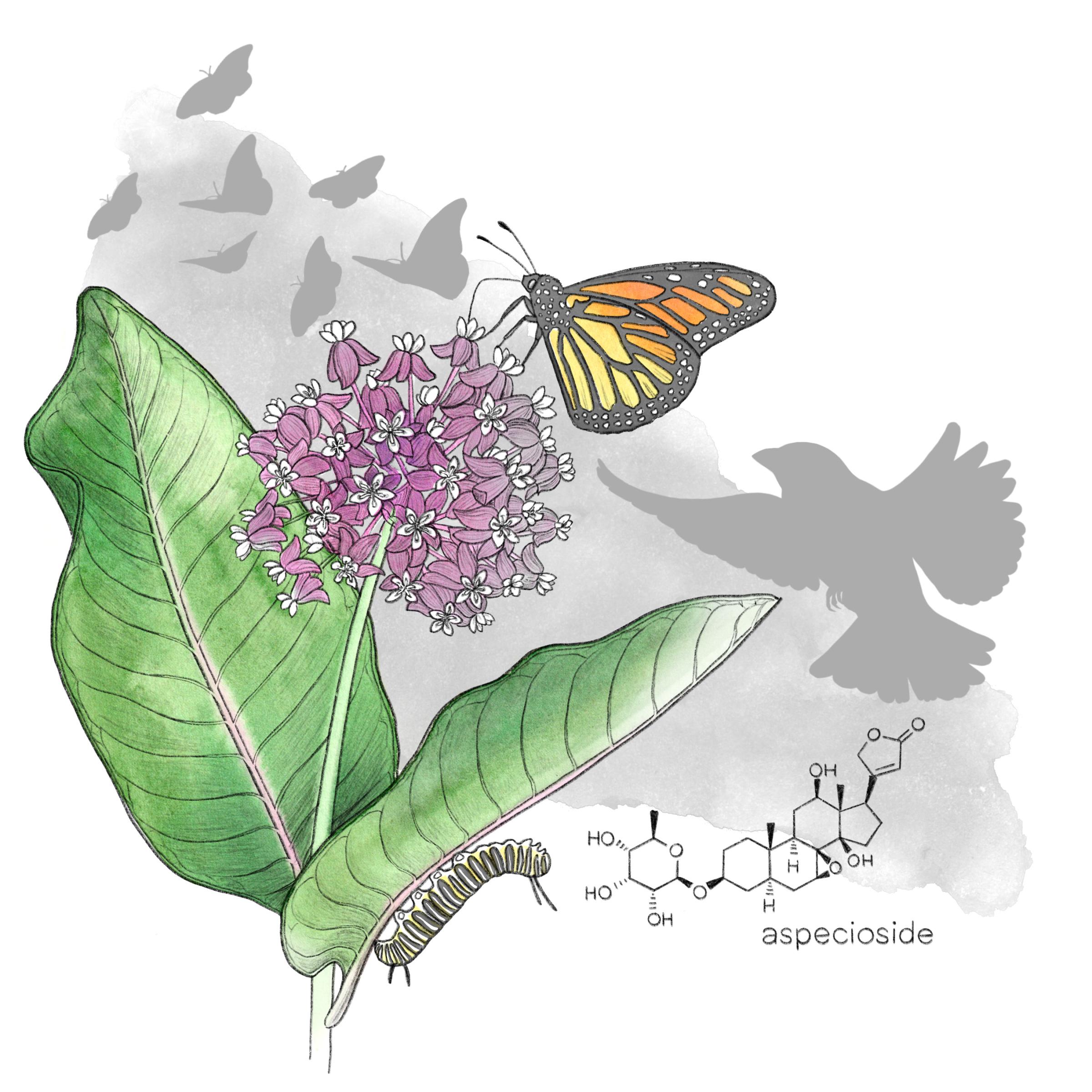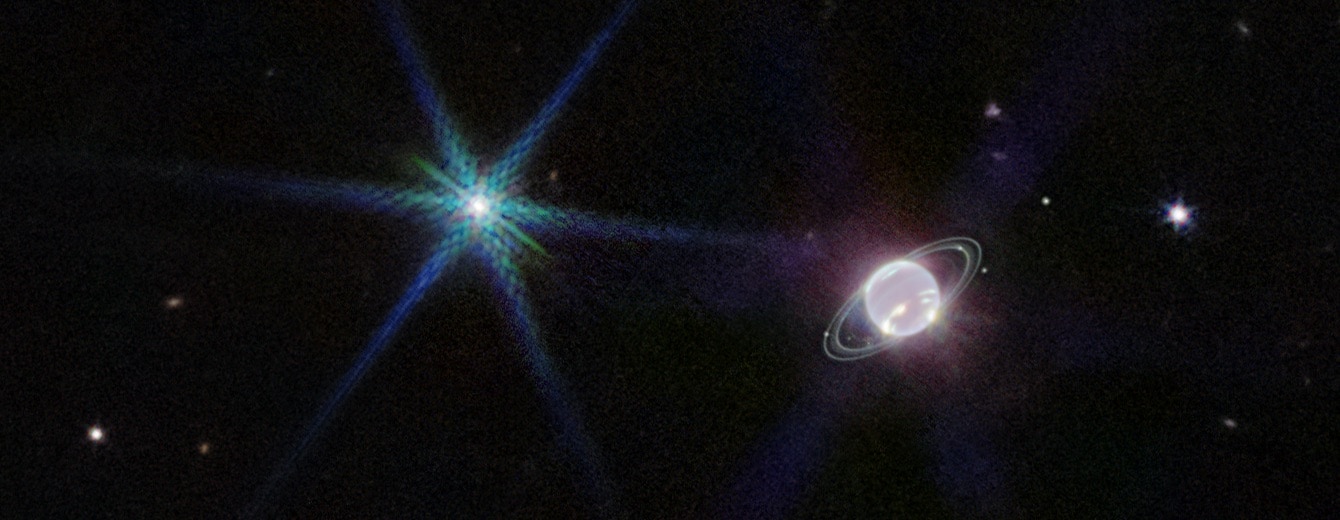-
‘Perfect solar system’ found in search for alien life
By Pallab GhoshScience correspondent Roger Thibaut/NCCR PlanetS Artwork: Six worlds around a star like our Sun are ideal to study how planets formed and whether they are home to life Researchers have located “the perfect solar system”, forged without the violent collisions that made our own a hotchpotch of different-sized planets. The system, 100 light…
-
Before ancient Egyptians, nature sculpted sphinxes. Here’s how

The Great Sphinx of Giza might have been sculpted by desert winds long before it was ever touched by human hands. Mysterious desert landforms called yardangs can bear an uncanny resemblance to seated lions — so much so that some researchers think one lionlike yardang might have had the honor of later being carved into…
-
Astronomers discover six planets orbiting a nearby sun-like star
Astronomers have discovered a six-pack of planets, formed at least 4 billion years ago and remarkably unchanged since, orbiting a nearby sun-like star. The new planets, described in a paper published Wednesday in the journal Nature, could provide a breakthrough in the understanding of how planets form and why there are so many between the…
-
Researchers look to the human eye to boost computer vision efficiency

WEST LAFAYETTE, Ind. — Conventional silicon architecture has taken computer vision a long way, but Purdue University researchers are developing an alternative path — taking a cue from nature — that they say is the foundation of an artificial retina. Like our own visual system, the device is geared to sense change, making it more…
-
Archaeologists Found an Extraordinary Pyramid That’s Apparently 27,000 Years Old
A new study claims that the Gunung Padang site in Indonesia is a “prehistoric pyramid” from up to 27,000 years ago. The study authors site ground-penetrating technologies as the main source for the conclusion. The archaeological community, however, is questioning the findings and the paper is now under investigation. The Djoser pyramid in Egypt is…
-
What we can learn from the ancient art of wayfinding

By Sandy OngFeatures correspondent Alamy The sails of the voyaging ship Marumaru Atua (Credit: Alamy) The way Pacific Islanders used to navigate using only cues found in the environment may seem irrelevant today. But natural navigation still holds surprising lessons. On 1 May 1976, a large crowd gathered at Honolua Bay on Maui’s northwestern shore.…
-
Bluefin Tuna Get Busy Off North Carolina

Atlantic bluefin tuna circle a holding pen near Malta. The Mediterranean Sea and the Gulf of Mexico were long thought to be the only locales where the massively valuable fish spawns. Alex Mustard / Nature Picture Library / Alamy Stock Photo In November 1981, a fleet of briefcase-toting lobbyists, scientists and political negotiators gathered in…
-
The World’s Smallest Reindeer Get Their Day in the Sun

Photographs by Morgan Heim Text by Cheryl Katz Perched on a snow-crusted hill in a glacier-flanked valley known as Reindalen, ecology graduate student Emma Djurberg looks like a modern-day Valkyrie on a quest. Long blond braids frame the scope at her eye as she searches for her target—a shaggy gray creature about the size of…
-
The Evolutionary Origins of Psychedelics

Humans rely on a bevy of strange natural chemicals to liven up our food and drink, to endure pain, and to change our perspective. We use caffeine from coffee, tea, and yerba mate to stimulate our bodies and minds, capsaicin from red pepper flakes or isothiocyanates in horseradish or wasabi to enliven our food with…
-
An update on Amazon’s sustainability efforts: Here’s what we’re doing to aid nature-based solutions and carbon removal
With new projects in the Amazon rainforest, Amazon is raising the bar for carbon credit quality Amazon is expanding its investments in nature-based solutions that fight climate change with two new agroforestry projects in the Amazon Rainforest. These projects will improve livelihoods for local farming communities while removing and storing carbon from the atmosphere and…


